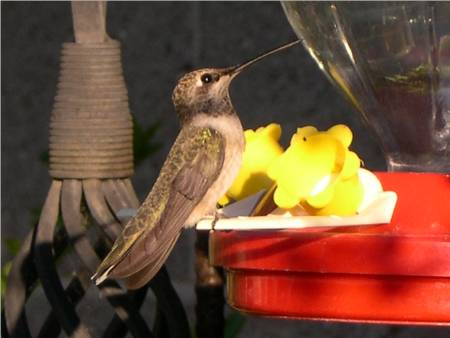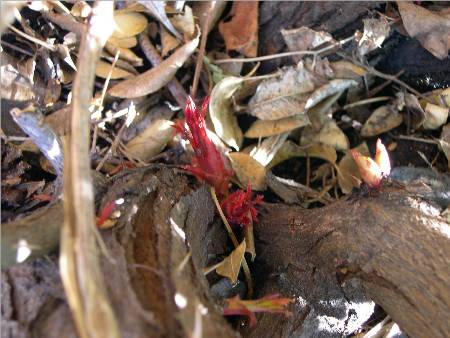Mother-Daughter Clerking Team at the Tucson Rose Show
Yesterday I had the privilege to judge at the Tucson Rose Show. Judging roses is always fun, but the Tucson show was especially enjoyable this year.
One of the things that made it so enjoyable was meeting new clerks, Cathy and Lena Rose, a mother-daughter team. Lena is eight years old, and not only clerked, but also did the art work for the cover of the printed schedule! As if that were not enough, she also entered an arrangement, and won the Novice Arranger Award! Way to go, Lena!
Mom didn’t do too badly either. Cathy won the Mini Royalty and Mini Silver Certificate in arrangements.
It was really wonderful to see this mother-daughter team involved in such a wonderful hobby together!

Lena and Cathy Rose, clerking team at the Tucson Rose Show

Lena’s winning arrangement in the Novice category

Mom Cathy’s Mini Royalty and Mini Silver winning arrangement
(More arrangements from the Tucson Rose Show here.)
















